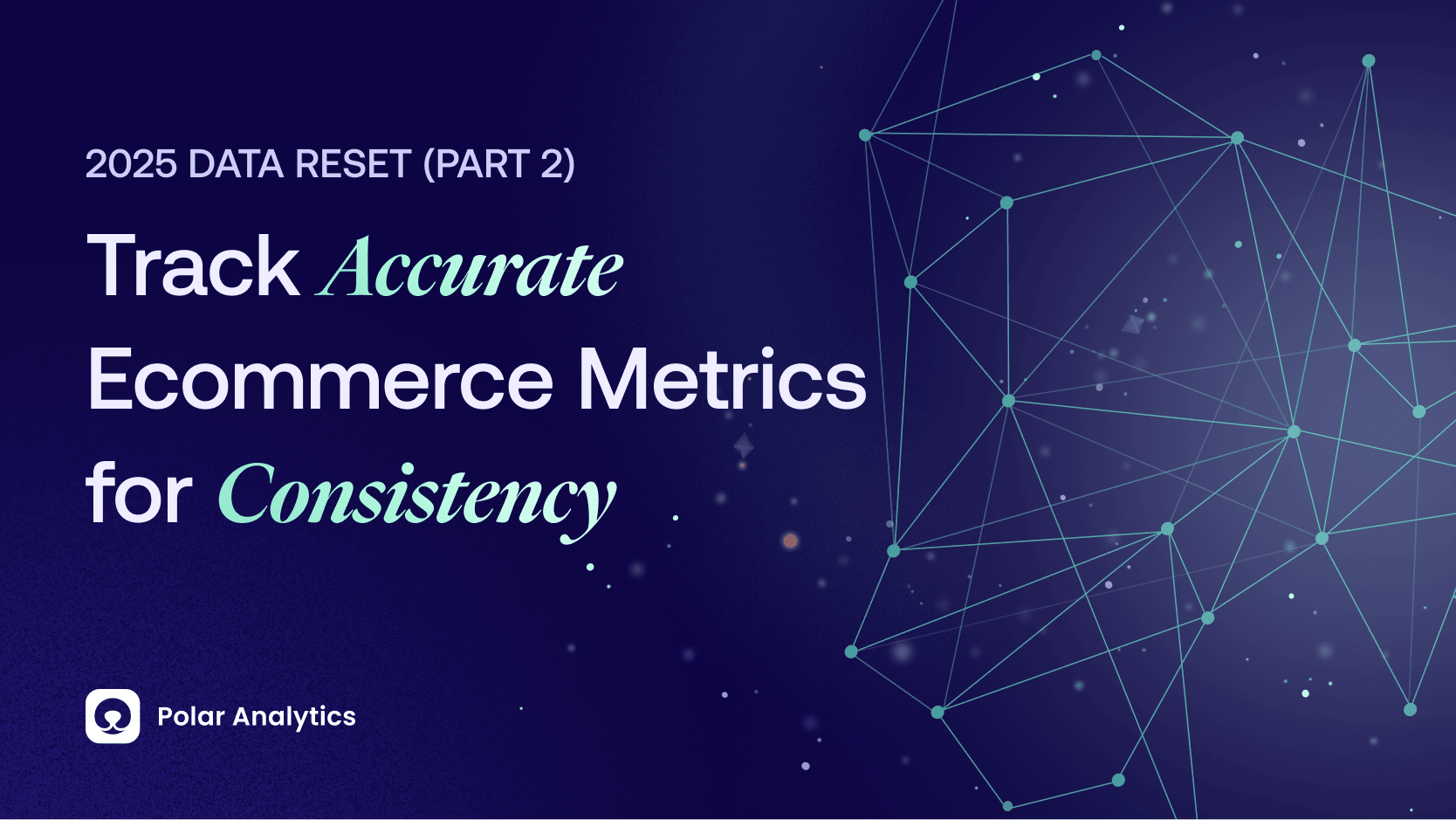Looking at different ecommerce metrics is like gazing into the night sky: there are so many data points you can (and should) track that the information available feels...infinite.
Connecting and integrating data across different channels and platforms can be a full-time job, and as a result, teams are constantly playing catch-up with all of the numbers and data points they’re tracking across spreadsheets and dashboards.
Almost half of the marketing leaders surveyed for the Gartner Marketing Analytics survey said that some of their most expensive and experienced analysts and data scientists spend their time preparing data to be analyzed rather than analyzing the data:
“Some of the most skilled analytics talent spends their time doing work that is necessary but not necessarily the work that will drive competitive differentiation and breakthrough insights. Analysts don’t have the time, tools, or processes to execute on their vision.”
The question is, what can businesses do to improve their ecommerce analytics efficiency?
Enter an ecommerce dashboard.
What is an ecommerce dashboard?
An ecommerce dashboard is a central report with all the essential key performance indicators (KPIs) that ecommerce businesses need to make informed decisions.
Even digitally-native brands struggle to stay on top of the huge amount of data they gather on a daily basis. The role of an ecommerce dashboard is to centralize all the data businesses have to get a clear picture of the direction in which they are moving.
Why do tech-savy businesses need ecommerce analytics?
Managing a modern online business without ecommerce analytics can feel like walking in a dark tunnel. You won’t be able to reach your goal if you don’t have lights to guide you.
Ecommerce analytics signal when something is not right, giving you the chance to fix issues and double down on initiatives that perform well.
Here’re some of the fundamental reasons why businesses need ecommerce analytics:
Attract new customers
The ecommerce competition is fierce. No matter how the digital landscape evolves, attracting new customers remains an essential task for every online business. In order to attract customers, you have to understand their behavior as well as their needs and wants.
Data is the key. Unlike in the past when businesses had limited insights about their customers, today, thanks to data analytics, tracking the buyer’s journey and analyzing how customers interact with a brand will help pave the way to new customers.
Retain loyal customers
You can never fill a leaky bucket to the top. Finding the right formula for bringing new customers without the ability to make them stay is not enough. The influx of new businesses emphasized the importance of having a solid base of raving fans that want to stick around for the long run.
But how do you convert one-time buyers to loyal customers? Meet (or better yet, exceed) their expectations. The only way to do so is data. Analyze insights to understand what matters to your target audience and streamline your strategy based on the feedback.
Manage your inventory
Businesses that are incapable of handling their inventory fail fast without exception. Speed and convenience are two of the most important pillars of ecommerce. In a world of instant gratification, being unable to fulfill an order means losing customers.
The good news is that data can help. Good inventory management depends on ecommerce analytics. From knowing when to reorder to forecasting and inventory planning, with ecommerce analytics, your business can stay on track.
Create personalized experiences
Companies that fail to provide personalized shopping experiences will ultimately go out of business. Data from Accenture shows that 91% of consumers are more likely to shop with brands who recognize, remember, and provide relevant offers and recommendations.
The truth is, personalization is not an easy task. Fortunately, with ecommerce analytics, companies can gather the insights they need to create special offers, targeted ads, cross-selling and up-selling strategies, and a myriad of other tailored experiences.
Optimize your product portfolio
The best way to create a product portfolio that resonates with your target audience is to measure the pulse of your customers. Based on previous buyer behavior, businesses can make informed decisions for future product development.
What are your bestsellers, and what are your worst performing products? Identifying them can help you optimize your product portfolio and set you for future growth.
Make data-driven business decisions
Unlike retail, where you can use intuitive, experience-based methods, in ecommerce, data is the prerequisite for good decision-making. There’s no such thing as luck in ecommerce.
Instead of taking a wild guess, tech-savvy businesses analyze insights, detect patterns, make data-driven decisions and optimize along the way.
Future-proof your business
Imagine if you had the tools and the capacity to predict the future. What would you do with that crystal ball? With ecommerce analytics, businesses can replace assumptions with data-backed plans for the future and boost the bottom line.


.webp)
.png)
.png)




.png)

.png)

.png)


.webp)



.webp)


.webp)

.webp)


